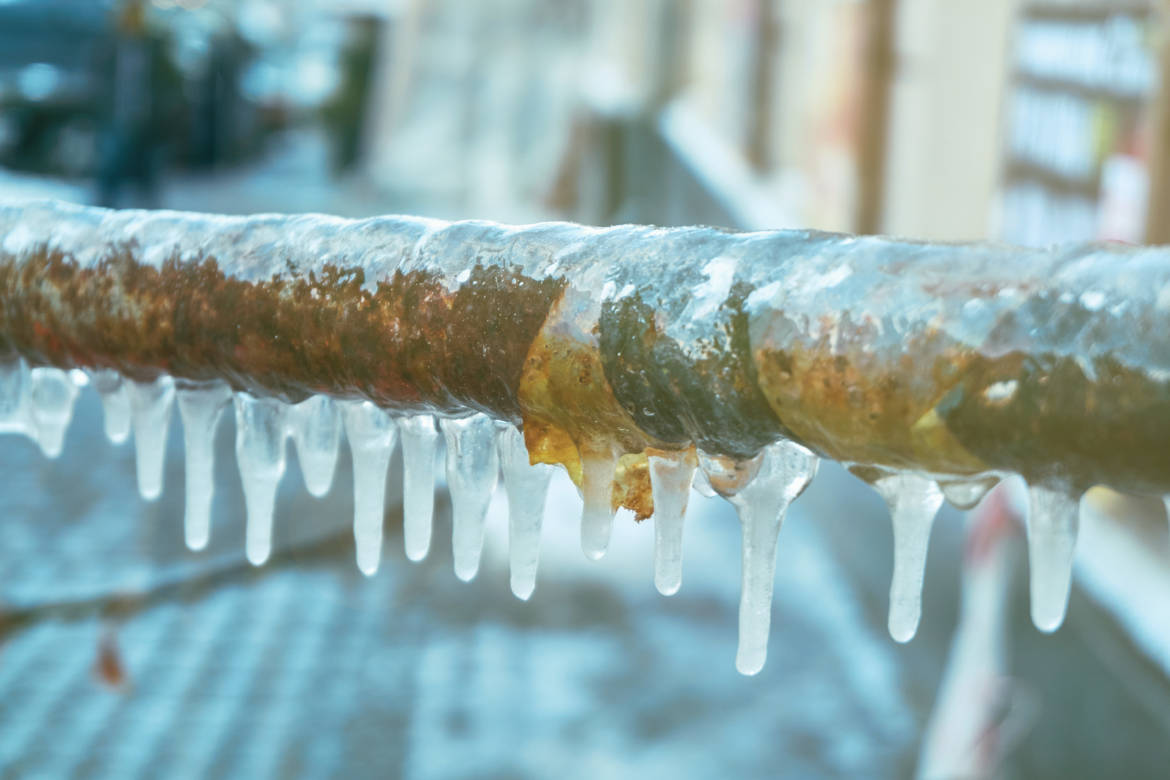Guidance for Avoiding Frozen Plumbing in Cold Weather: Specialist Tips
Visit SiteWhat are your ideas concerning Helpful Tips to Prevent Frozen Pipes this Winter?

Cold weather can damage your pipes, specifically by freezing pipelines. Right here's just how to prevent it from happening and what to do if it does.
Intro
As temperature levels decline, the threat of icy pipelines rises, possibly leading to costly repair services and water damage. Comprehending how to avoid frozen pipelines is crucial for homeowners in cold climates.
Comprehending Icy Pipes
What triggers pipes to ice up?
Pipes freeze when exposed to temperatures listed below 32 ° F (0 ° C) for expanded periods. As water inside the pipelines freezes, it increases, taxing the pipe wall surfaces and potentially causing them to rupture.
Risks and damages
Frozen pipelines can cause supply of water disturbances, residential property damage, and costly repairs. Burst pipes can flood homes and trigger considerable architectural damage.
Indicators of Frozen Pipeline
Recognizing frozen pipelines early can stop them from bursting.
How to recognize icy pipes
Seek decreased water flow from faucets, unusual smells or sounds from pipes, and noticeable frost on exposed pipes.
Avoidance Tips
Protecting susceptible pipes
Cover pipelines in insulation sleeves or use warm tape to secure them from freezing temperature levels. Focus on pipelines in unheated or external areas of the home.
Home heating methods
Maintain interior areas sufficiently heated up, especially locations with plumbing. Open closet doors to enable warm air to flow around pipelines under sinks.
Securing Outside Pipes
Yard hoses and outdoor taps
Detach and drain garden hoses before winter season. Mount frost-proof faucets or cover exterior taps with insulated caps.
What to Do If Your Pipelines Freeze
Immediate activities to take
If you believe frozen pipelines, maintain faucets open to soothe pressure as the ice melts. Utilize a hairdryer or towels soaked in hot water to thaw pipelines slowly.
Long-Term Solutions
Architectural modifications
Think about rerouting pipes far from exterior wall surfaces or unheated locations. Add added insulation to attic rooms, cellars, and crawl spaces.
Updating insulation
Purchase high-quality insulation for pipelines, attics, and walls. Appropriate insulation helps maintain regular temperatures and decreases the risk of icy pipes.
Verdict
Stopping frozen pipelines calls for proactive measures and quick reactions. By recognizing the reasons, indicators, and safety nets, home owners can shield their pipes throughout winter.
6 Proven Ways to Prevent Frozen Pipes and Protect Your Home
Disconnect and Drain Garden Hoses
Before winter arrives, start by disconnecting your garden hoses and draining any remaining water. Close the shut-off valves that supply outdoor hose bibs and leave the outdoor faucet open to allow any residual water to drain. For extra protection, consider using faucet covers throughout the colder months. It’s also important to drain water from any sprinkler supply lines following the manufacturer’s directions.
Insulate Exposed Pipes
Insulating your pipes is an effective way to prevent freezing. Pipe insulation is readily available at home improvement stores and is relatively inexpensive. Pay close attention to pipes in unheated areas such as the attic, basement, crawl spaces, or garage. Apply foam insulation generously to create a buffer against the cold. You can also wrap your pipes in heat tape or thermostat-controlled heat cables for added warmth.
Seal Air Leaks
Inspect your home for any cracks or openings that could let in cold air. Seal any holes around the piping in interior or exterior walls, as well as the sill plates where your home rests on its foundation. Additionally, make sure to keep your garage door closed unless you’re entering or exiting. Leaving it open creates a significant air leak that can lead to frozen pipes.
Allow Warm Air Circulation
During cold snaps, it’s essential to allow warm air to circulate evenly throughout your home. Leave interior doors ajar to promote better airflow. Open kitchen and bathroom cabinets to help distribute heat consistently around the rooms. If you have small children or pets, be sure to remove any household chemicals or potentially harmful cleaners from open cabinets for safety.
Let Faucets Drip
A small trickle of water can make a big difference in preventing ice formation inside your pipes. When temperatures drop significantly, start a drip of water from all faucets served by exposed pipes. This continuous flow helps prevent the water from freezing. Additionally, running a few faucets slightly can relieve pressure inside the pipes, reducing the chances of a rupture if the water inside does freeze.
https://choateshvac.com/6-proven-ways-to-prevent-frozen-pipes-and-protect-your-home/

Do you appreciate more info about Helpful Tips to Prevent Frozen Pipes this Winter? Create a remark down below. We would be pleased to listen to your opinion about this post. We hope that you visit us again soon. Sharing is caring. Helping people is fun. I love reading our article about 6 Ways to Prevent Frozen Pipes.
Contact Us Now